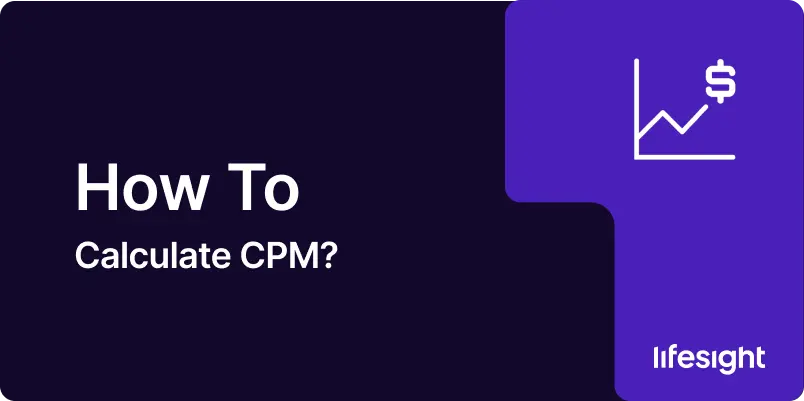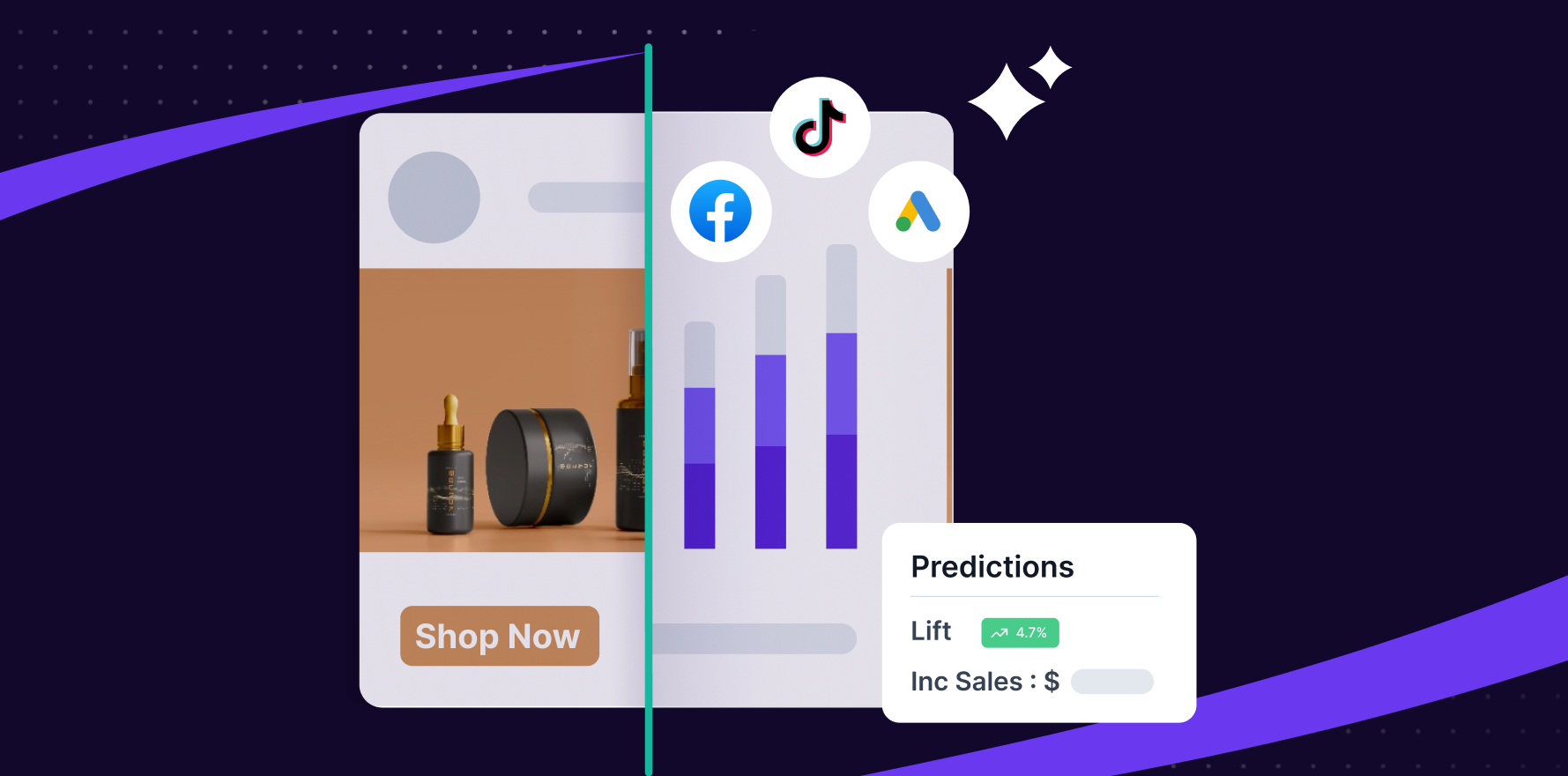
In the ever-evolving landscape of digital advertising, understanding key metrics is crucial for optimizing your campaigns and maximizing return on investment. One such fundamental metric is Cost Per Mille (CPM). Whether you’re a seasoned marketer or just starting out in the field, mastering CPM calculations can significantly impact your advertising strategy and budget allocation. This guide will walk you through everything you need to know about CPM, from basic calculations to advanced strategies for leveraging this metric in your digital marketing campaigns.
What is Cost Per Mille (CPM)?
Before we dive into the calculations, let’s define what we mean by Cost Per Mille:
Cost Per Mille (CPM) is a pricing model used in advertising where advertisers pay for every 1,000 impressions of their ad. The term “mille” is Latin for “thousand.” An impression is counted each time an ad is displayed, regardless of whether it’s clicked or not.
For digital marketers, understanding CPM is crucial because:
- It’s a standard metric for buying and selling ad inventory
- It helps in comparing costs across different advertising platforms and campaigns
- It’s useful for budgeting and forecasting ad spend
- It provides insights into the efficiency of your ad placements
- It’s often used as a benchmark in the industry for pricing display advertising
The Basic Formula for Calculating CPM
The basic formula for calculating CPM is straightforward:
CPM = (Total Cost of Campaign / Number of Impressions) x 1,000
Here’s what each component means:
- Total Cost of Campaign: This is the amount you’ve spent on your ad campaign.
- Number of Impressions: This is the total number of times your ad was displayed.
- 1,000: This factor is included because CPM is calculated per 1,000 impressions.
Step-by-Step Guide to Calculating CPM
Let’s break down the process of calculating CPM with a practical example:
Step 1: Gather Your Campaign Data
First, you need to collect two key pieces of information:
- The total amount spent on your campaign
- The total number of impressions your ad received
Let’s say you ran a display ad campaign on a social media platform:
- Total ad spend: $500
- Total impressions: 100,000
Step 2: Apply the CPM Formula
Now, let’s plug these numbers into our formula:
CPM = ($500 / 100,000) x 1,000 = $5
This means you’re paying $5 for every 1,000 impressions of your ad.
Step 3: Interpret the Result
A CPM of $5 means that for every $5 you spend, your ad will be shown 1,000 times. Whether this is a good CPM depends on your industry, target audience, and campaign objectives.
Reverse Engineering: Calculating Cost from CPM
Often, you’ll know the CPM rate and want to calculate the total cost for a certain number of impressions. Here’s the formula:
Total Cost = (CPM x Number of Impressions) / 1,000
For example, if a publisher offers a CPM of $4 and you want 500,000 impressions:
Total Cost = ($4 x 500,000) / 1,000 = $2,000
Real-World Applications in Digital Marketing
Let’s explore some specific scenarios where calculating and analyzing CPM can inform your marketing decisions:
1. Comparing Ad Platforms
Scenario: You’re running campaigns on two different ad platforms and want to compare their cost-efficiency.
Platform A:
- Total Spend: $1,000
- Impressions: 150,000
- CPM = ($1,000 / 150,000) x 1,000 = $6.67
Platform B:
- Total Spend: $800
- Impressions: 200,000
- CPM = ($800 / 200,000) x 1,000 = $4
Platform B has a lower CPM, suggesting it might be more cost-effective for reaching a larger audience. However, remember to consider other factors like audience quality and engagement rates.
2. Budgeting for a Brand Awareness Campaign
Scenario: You want to reach 1 million impressions for a brand awareness campaign, and you know from past campaigns that your average CPM is $7.
Estimated Budget = ($7 x 1,000,000) / 1,000 = $7,000
This calculation helps you set a realistic budget for achieving your impression goal.
3. Evaluating Premium vs. Standard Ad Placements
Scenario: A publisher offers two types of ad placements:
Premium Placement:
- CPM: $12
- Estimated Click-Through Rate (CTR): 0.5%
Standard Placement:
- CPM: $6
- Estimated CTR: 0.2%
While the premium placement has a higher CPM, its higher CTR might justify the cost, depending on your campaign goals.
Advanced Considerations in CPM Calculations
As you become more proficient with basic CPM calculations, consider these advanced concepts:
1. Viewable CPM (vCPM)
Not all served impressions are actually seen by users. vCPM takes into account only the impressions that meet viewability standards:
vCPM = (Total Cost / Number of Viewable Impressions) x 1,000
2. Effective CPM (eCPM)
When you’re using multiple pricing models (e.g., some placements on CPM, others on CPC), eCPM provides a unified metric:
eCPM = (Total Earnings / Total Impressions) x 1,000
3. CPM and Other Performance Metrics
While CPM focuses on impressions, it’s important to consider it alongside other metrics:
- Click-Through Rate (CTR) = (Clicks / Impressions) x 100
- Cost Per Click (CPC) = Total Cost / Number of Clicks
- Conversion Rate = (Conversions / Clicks) x 100
4. Lifetime Value to CPM Ratio
To ensure long-term profitability, compare your CPM to the expected Customer Lifetime Value (CLV):
CLV:CPM Ratio = Customer Lifetime Value / CPM
A higher ratio indicates better long-term value from your ad spend.
Common Pitfalls to Avoid
When working with CPM in digital marketing, watch out for these common mistakes:
- Focusing Solely on Low CPM: A low CPM isn’t always better if it results in low-quality impressions or poor targeting.
- Ignoring Audience Quality: Make sure you’re not sacrificing audience relevance for a lower CPM.
- Overlooking Ad Frequency: High impression numbers might mask low unique reach if ad frequency is too high.
- Neglecting Viewability: Not all impressions are actually viewed by users. Consider viewability rates alongside CPM.
- Forgetting About Engagement: A low CPM is less valuable if it doesn’t lead to engagement or conversions.
Tools for CPM Analysis
Several tools can assist you in calculating and analyzing CPM:
- Google Ads: Provides CPM data for display and video campaigns.
- Facebook Ads Manager: Offers detailed CPM metrics for Facebook and Instagram campaigns.
- LinkedIn Campaign Manager: Gives CPM insights for LinkedIn advertising.
- Data Studio: Allows you to create custom dashboards combining CPM data from various sources.
- Industry-Specific Tools: Many publishers and ad networks offer their own tools for CPM analysis.
Leveraging CPM in Your Marketing Strategy
Understanding and effectively using CPM calculations can significantly enhance your digital marketing efforts. Here’s how you can leverage this metric:
- Budget Allocation: Use CPM to distribute your budget effectively across different platforms and campaigns.
- Performance Benchmarking: Compare your CPMs against industry standards to assess your campaigns’ cost-efficiency.
- Negotiation with Publishers: Use CPM data to negotiate better rates for ad placements.
- Campaign Optimization: Continuously monitor CPM alongside other metrics to optimize your ad placements and targeting.
- Forecasting: Use historical CPM data to forecast impression delivery for future campaigns.
- A/B Testing: Compare CPMs for different ad creatives or targeting options to identify the most cost-effective approaches.
- ROI Calculation: Incorporate CPM into your overall return on investment calculations for a more comprehensive view of campaign performance.
Conclusion
Cost Per Mille might seem like a simple metric, but its impact on your digital advertising strategy can be profound. By mastering the calculation and interpretation of CPM, you equip yourself with a powerful tool to understand your ad spend efficiency, optimize your campaigns, and make data-driven decisions.
Remember, while CPM is crucial for understanding the cost of reaching your audience, it’s just one piece of the digital advertising puzzle. The most successful strategies balance CPM with engagement metrics, conversion rates, and ultimately, return on ad spend.
As you continue to refine your approach to measuring and leveraging CPM, you’ll develop a more nuanced understanding of your advertising efficiency and campaign effectiveness. This knowledge will empower you to create more impactful advertising initiatives, allocate your budget more efficiently, and deliver superior results for your brand or clients.
So, the next time you’re planning a digital advertising campaign, negotiating ad rates, or making a case for budget allocation, remember to dive deep into your CPM data. It might just be the key to unlocking your next big advertising breakthrough!
Free essential resources for success
Discover more from Lifesight















